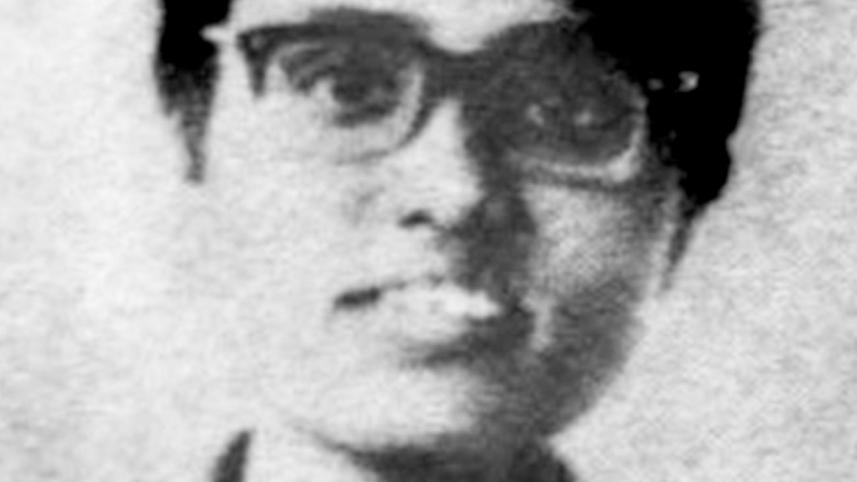A revolutionary never dies

On April 12, 1971, a report titled "A shy girl with a gun" appeared in The Statesman of Calcutta with a picture of a girl in her early 20s. Her resolute features embodied the spirit of thousands of Bangalee girls who railed against the social prejudices and took up arms to defend their motherland. At that time, she became a living legend who inspired many others to join the Liberation War. She lived a life dedicated to freedom. The girl was Shirin Banu Mitil, who left us on July 21 this year.
Being born in a political family, Shirin was attracted to the life of activism from a young age. Both her parents were active members of the Communist Party. Her mother won 1954's United Front election with a NAP (National Awami Party) ticket. Shirin Banu joined progressive politics during her student life. She was a member of the Student Union and later became the President of the organisation's Pabna branch and participated in the mass uprising of 1969.
When the war broke out in 1971, Shirin Banu was a first year student at Pabna Edward College. She decided to join the war. But at that time it was not easy for a girl to do so. So she disguised herself as a boy and went with her two male cousins to participate in frontal war against the Pakistani Junta. It took her only half an hour to learn how to fire. She was the only female member of the striking force that killed 36 Pakistani soldiers in the battle that took place near the Pabna Telephone Exchange Office on March 28. Later, she served in the Muktijoddha control room established at Nagarbari of Pabna to coordinate the initial resistance effort.
Since the freedom fighters were poorly equipped to withstand the heavily armed Pakistani forces, they retreated from Pabna to Kushtia. Shirin also joined them, dressed as a boy all the time. She was known as Mitil Khondaker. Her team was entrusted with the task of bringing arms and ammunition across the border. But the report of The Statesman on Mitil along with her photo came out at that time, and it was no longer possible for her to continue the fight in disguise. So she was transferred to India. There she and some of her female comrades contacted Tajuddin Ahmad and urged him to form a female contingent of freedom fighters. They roamed around refugee camps and inspired girls to join the training centre at Gobra established to train female freedom fighters. She served under Sector 9 after completion of the training.
After independence, Mitil started her activism with renewed vigour. She was an active member of the Communist Party of Bangladesh. Besides politics, she was involved with various social and cultural organisations.
In an interview with Deutsche Welle, Shirin Banu shared a story that resonated with her journey through life: During the Liberation War, on their way towards Chuadanga from Kushtia, Mitil's contingent was once stopped by a vigilante force of freedom fighters who enquired the team leader about their movement. The team leader's Bihari accent caused confusion, and so the interrogation prolonged. At one stage, one of Mitil's comrades approached the freedom fighters and asked them whether they had heard the name of Shirin Banu in Akash Bani. They nodded to confirm that they had. Shirin Banu was then introduced to them and the imbroglio ended there. She initially thought that many of the team members might not be comfortable after knowing that a woman was accompanying them in disguise. But an elderly man came forward, and told Mitil, placing his hand on her head, "Mother, we are not afraid anymore; since our girls have taken up arms, no force can subdue us."
Shirin Banu held this spirit of an emancipated woman all through her life. She lived a life of a revolutionary. And a revolutionary never dies.
The writer is Sr. Editorial Assistant, The Daily Star.
Email: sajen1986@gmail.com.




 For all latest news, follow The Daily Star's Google News channel.
For all latest news, follow The Daily Star's Google News channel.
Comments